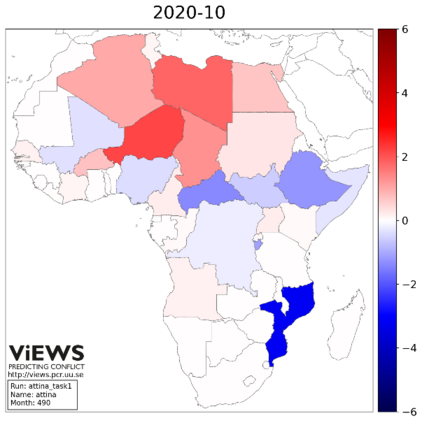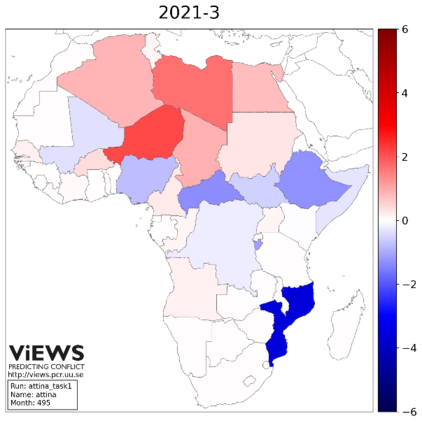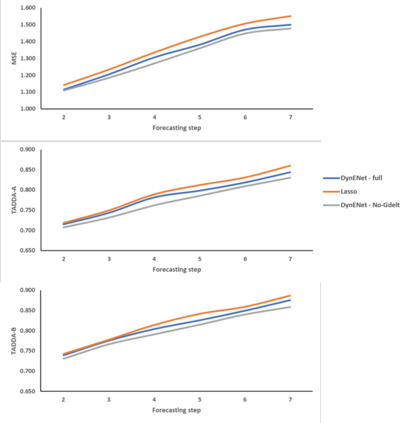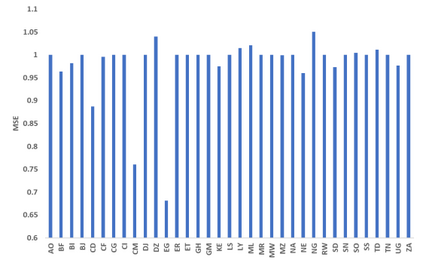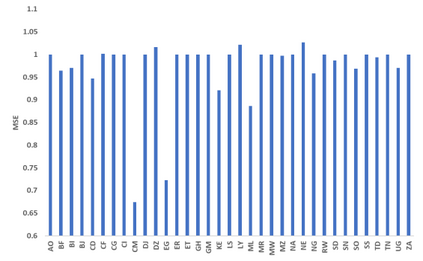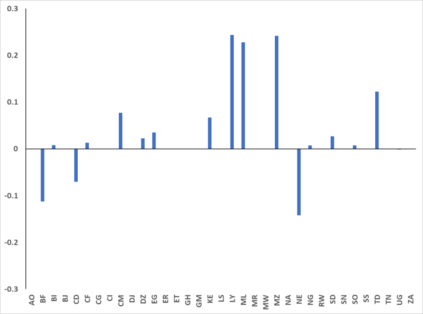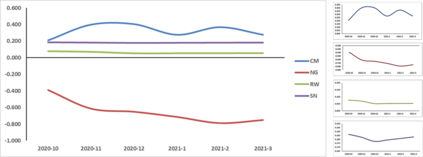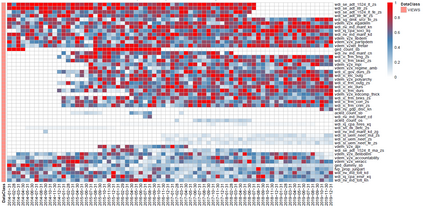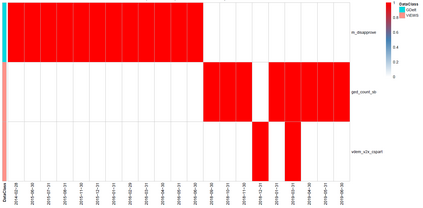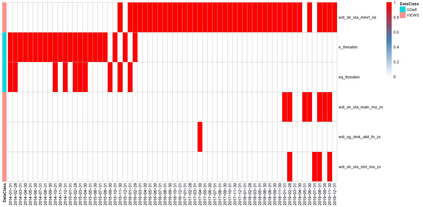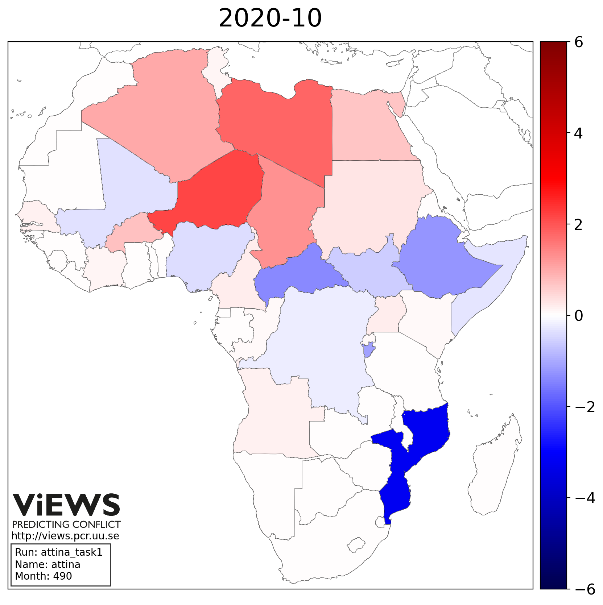This article illustrates an approach to forecasting change in conflict fatalities designed to address the complexity of the drivers and processes of armed conflicts. The design of this approach is based on two main choices. First, to account for the specificity of conflict drivers and processes over time and space, we model conflicts in each individual country separately. Second, we draw on an adaptive model -- Dynamic Elastic Net, DynENet -- which is able to efficiently select relevant predictors among a large set of covariates. We include over 700 variables in our models, adding event data on top of the data features provided by the con-venors of the forecasting competition. We show that our approach is suitable and computa-tionally efficient enough to address the complexity of conflict dynamics. Moreover, the adaptive nature of our model brings a significant added value. Because for each country our model only selects the variables that are relevant to predict conflict intensity, the retained predictors can be analyzed to describe the dynamic configuration of conflict drivers both across countries and within countries over time. Countries can then be clustered to observe the emergence of broader patterns related to correlates of conflict. In this sense, our ap-proach produces interpretable forecasts, addressing one key limitation of contemporary ap-proaches to forecasting.
翻译:文章展示了预测冲突死亡人数变化的方法,目的是解决武装冲突驱动因素和进程的复杂性。设计这一方法的依据是两个主要选择。首先,为了说明冲突驱动因素和过程在时间和空间上的特殊性,我们分别在每个国家进行冲突模型。第二,我们采用适应性模型 -- -- 动态 Elastic Net, DynENet -- -- 能够有效地在一大批共变体中选择相关预测器。我们在模型中包括700多个变量,在预测竞争召集人提供的数据特征之上添加事件数据。我们显示,我们的方法是合适的,而且兼容高效,足以解决冲突动态的复杂性。此外,我们模型的适应性带来了巨大的附加值。因为对每个国家而言,我们的模型只选择了与预测冲突强度相关的变量,因此,可以对留存的预测器进行分析,以描述不同国家和各国国内冲突驱动因素的动态配置。然后,各国可以聚集在一起观察与冲突相关联的更广泛模式的出现。从这个意义上讲,我们的预测方案将产生一种可解释的当代关键预测。

